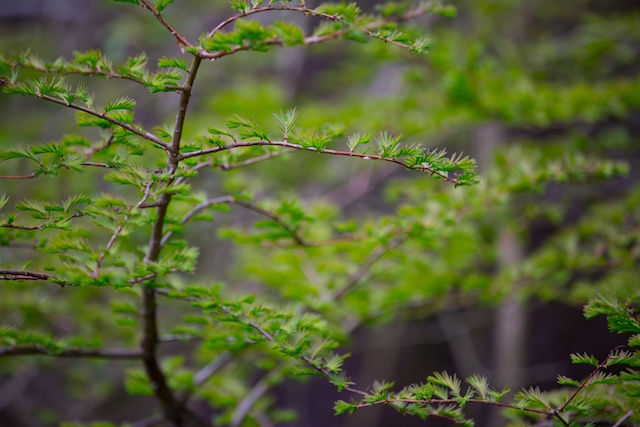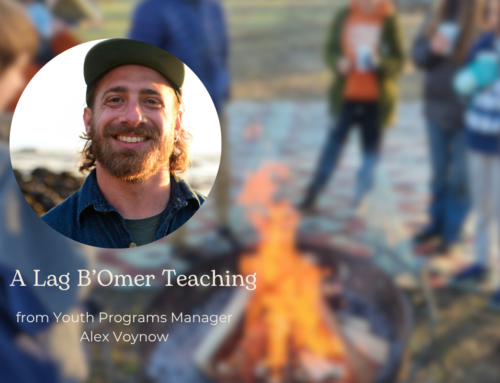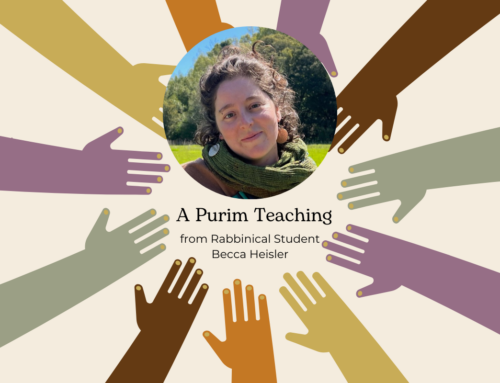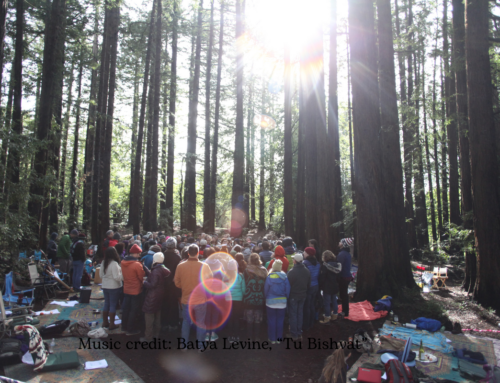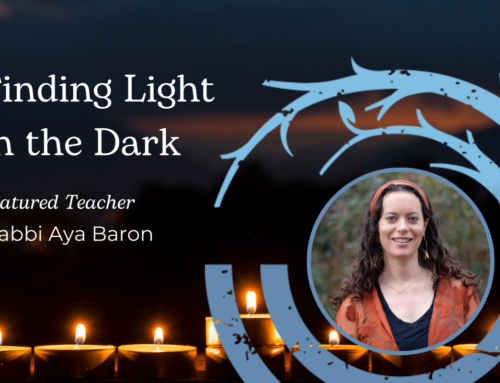Celebrating Our Tallest Teachers: New Buds, Running of the Sap, Songs of Freedom
by Zelig Golden | A Teaching for Tu B’shvat 5773
Tu B’Shvat coincides with parsha Be’shallah, the Torah portion that describes the parting of the Red Sea. In an amazing midrash (Exodus Rabbah 21:10) we are offered the dream that during the splitting of the sea, fruit trees blossomed in our passage to freedom, while birds perched upon the trees and sang songs of freedom to celebrate our liberation. In the minds of our sages, Tu B’Shvat — one of the four Jewish new years (BT, Rosh Hoshana 2a) — is a powerful reminder of our liberation. And, perhaps more importantly, that the tall, tall trees — this day’s honorees — are powerful teachers on our journey to freedom.
This time of year, when the sap begins to rise in the trees again, is the energetic gateway between the freeze of winter and the blossoming of spring. Like that magical hour between the darkness of night and sunrise when black slowly transitions to light purple and orange, and when the perfectly still, crisp predawn air invites the breaking of the night-long silence with the first bird song, Tu B’Shvat holds an important role in the Hebrew calendar. It marks the transition from the seen to the unseen, from the frozen to the flowing, from sleeping to awakening — Tu B’Shvat marks mysterious beginnings toward rebirth and growth.
Once a Talmudic tax day to determine the fruit tree tithing schedule on the 15th of the month of Shvat (in Hebrew, Tu B’Shvat), the Tzfat mystics of the 16th century evolved our understanding and celebration of the budding trees. For them it was an important opportunity to honor the mystery of the four seasons with four cups of wine and the four elements with different types of fruits — but most importantly to honor the trees.
The tree for the Hebrew mystics, and holy people of many traditions for that matter, is seen as a major gateway to G-d — “She
We remember that the trees are our teachers. The Torah teaches, “A person is like a tree of the field” (Deut. 20:19), and as the Chasidic Rabbi Shlomo of Chortkov writes, “A person should learn how to pursue his spiritual life from the tree.” Like Avram, who encounters his “teacher oak tree” (Alon Moreh, Gen. 12:6) immediately upon leaving his father’s home, we can receive profound understanding and guidance if we tune into the trees.
At this Tu B’Shvat 5773, I wish for us all to deepen our relationship to our great teachers. Let them remind us of our deep roots, to tend our tender new shoots, and tune in to the deeper awakenings within ourselves. Happy Tu B’Shvat!

